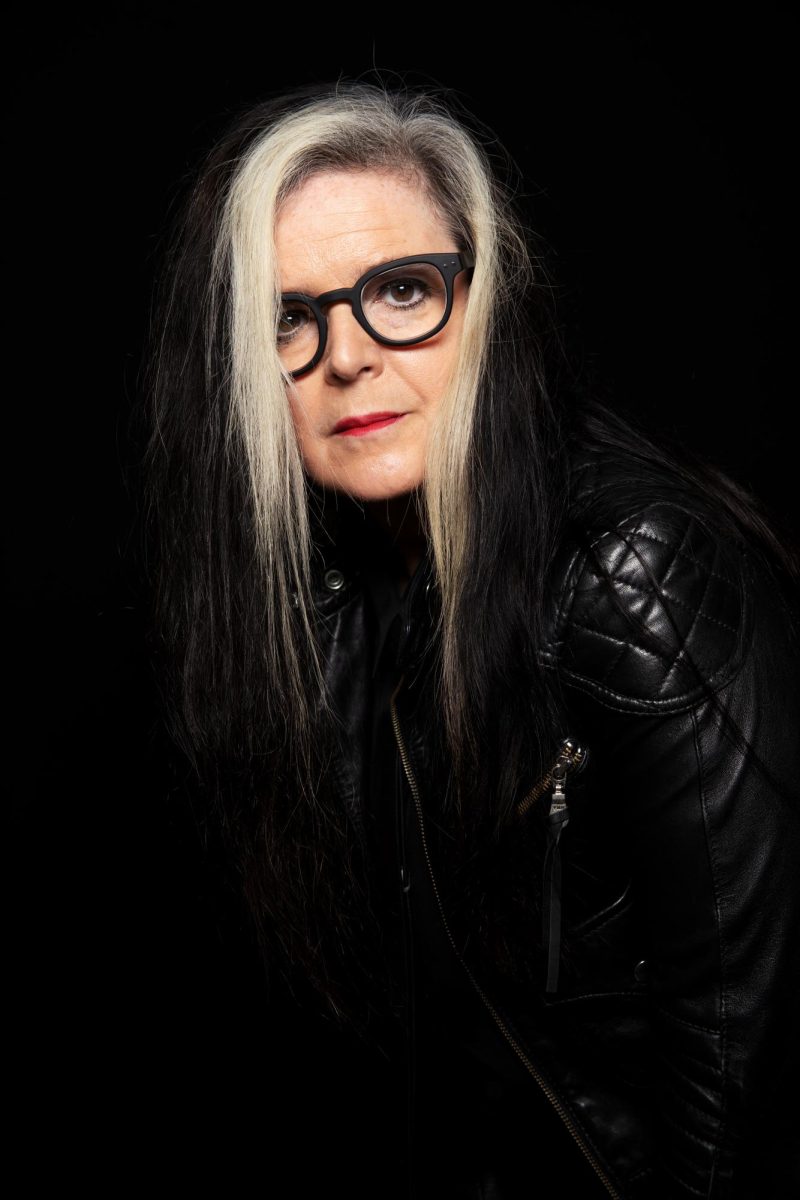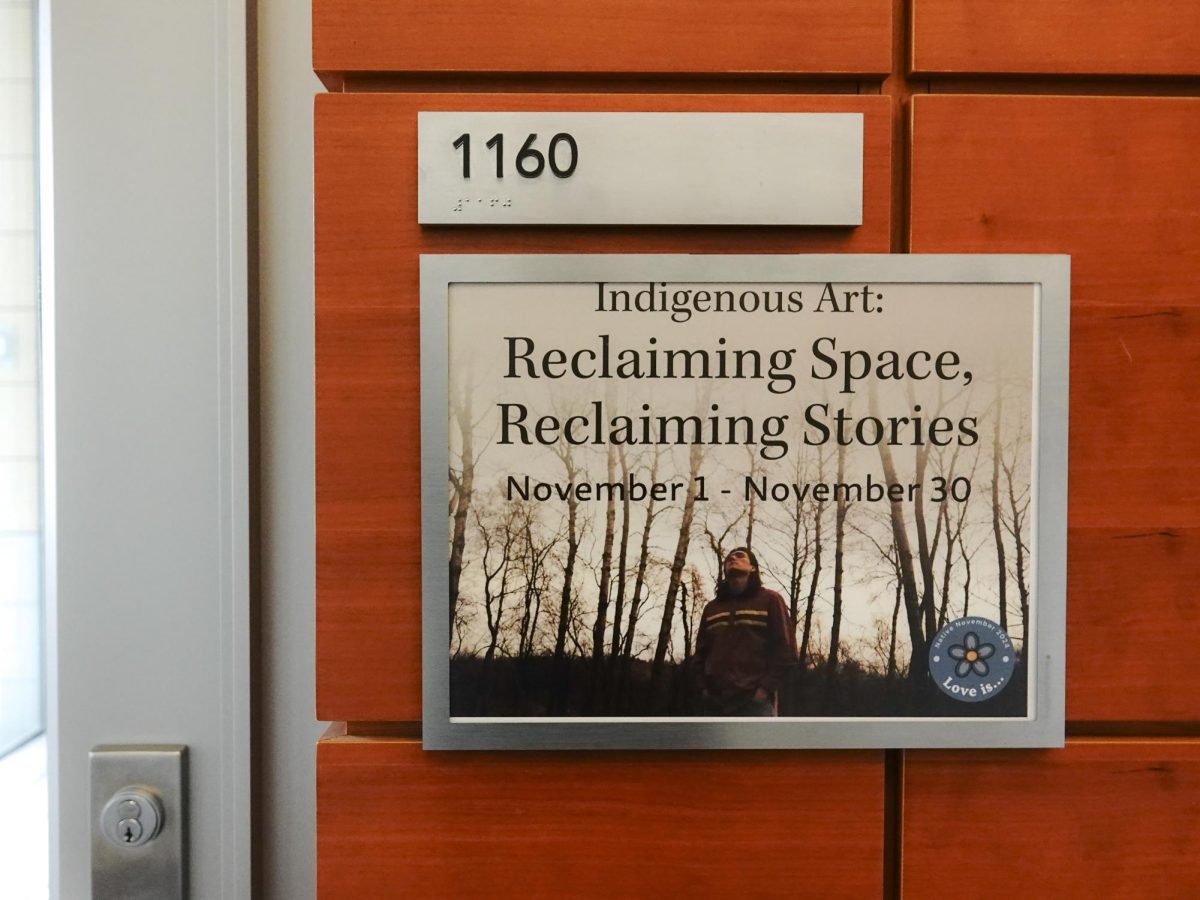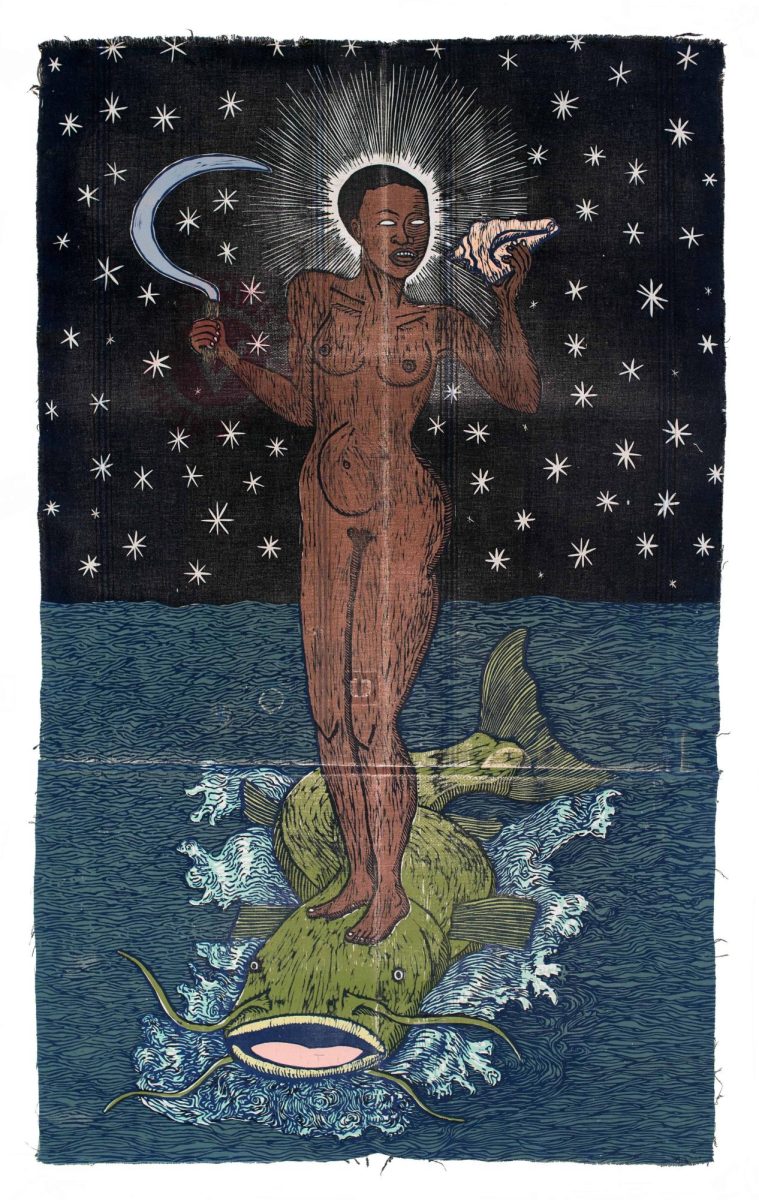Rebecca Hamlin Green is an artist whose work has often been described as having a Midwestern quality, an interpretation she takes as a compliment.
Presented and installed by Wisconsin Union Directorate Art, this should make her new exhibit, “Naturealism,” to debut this Friday, a perfect fit for the Memorial Union Class of 1925 Gallery. The Badger Herald was able to chat with Hamlin Green about her inspirations and how her own personal experiences factor into her work.
The following interview has been edited for style and clarity.
Wisconsin Triennial exhibit seeks to evoke feelings about climate change
The Badger Herald: How is this exhibit, “Naturealism,” different from installations you’ve worked on in the past? Were there different motives or inspirations?
Rebecca Hamlin Green: This installation is a broader exploration of a single piece I did for an exhibition a couple of years ago that I expanded into a series of interconnected pieces.
There were similar themes, but with the ability to expand the idea into multiple iterations, I was able to concentrate on specific experiences or more specific stories. I have pushed myself technically with this installation and have added various different lighting components to play with the way the work is experienced.
BH: How did the title “Naturealism” come about?
RHG: It’s a play on the way that nature is addressed in the work. I’m exploring both the realm of the imagination and elements of “artificial nature” that we include in our home, such as houseplants, backyards, domesticated animals, etc., so the title is the combination of nature and realism, when actually neither concept is fully present.
BH: In your artist statement you emphasize the word “domestic.” Traditionally, that word has had a heavy weight in our country’s norms towards gender and gender roles. How does gender find a place in your work?
RHG: Most of the antiques and objects and domestic environments I explore have traditionally or colloquially feminine associations. But this isn’t something I am trying to manipulate or provide commentary on. I often find that when people relate to my work, they relate to memories of female family members, even when the objects themselves are not inherently feminine — for example, a bathroom sink — simply because they associate them with a domestic space.
If I were to use an object associated with a traditionally male space, like a garage or a woodshed, the viewer might gender those items as well because of the person associated with the memory. I more intend for my work to evoke relationships and histories, rather than commentary on gender roles in the past or present.
BH: What role do personal experiences play in your work? Do you intentionally put them in, or do you often find yourself placing them in subconsciously?
RHG: I often try to incorporate some personal aspects into my work, though they tend to occur organically as I explore the larger concepts. I don’t want my work to be so deeply personal that it doesn’t speak to larger ideas or that it’s so isolated that is doesn’t resonate with my viewer. But if I leave out anything personal to me, it often doesn’t have the certain “something” that makes it unique. So because I’m speaking to things like family and memory, these are inherently personal and deserve that little bit of opening up on my part. The result often reveals shared or common experiences with the viewer, which is always very satisfying.














